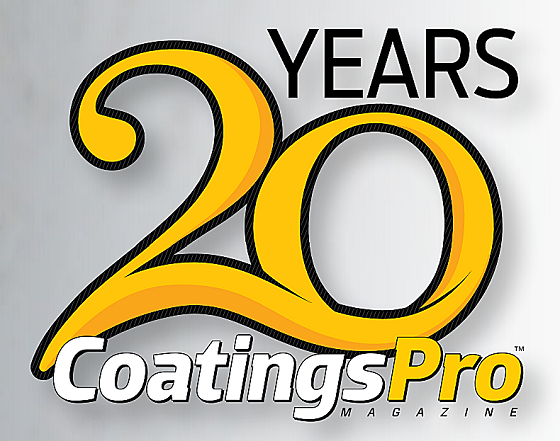Our industry is a craft. Unlike an assembly line, which is very rote and repetitive, there’s a lot of craft to what we do. When you get into a project and there’s some wrinkle there that you didn’t expect, how you handle it, deal with it, and overcome it is really, really important. You need some creativity when you’re doing that.
But, at the end of the day, we have to be able to attract people to that part of the business. The job isn’t just labor — lifting, moving, and things like that. You’re really creating something that is special.
I get no greater pride than looking at a [transformed] facility. It’s amazing. If you can’t get a sense of pride out of that, then you might be in the wrong business. And that’s really the way to capture the imagination of people who may not be for college but may have an interest in having a craft that they can count on for their future.
 Labor- and Time-Saving Methods
Labor- and Time-Saving Methods
For the next 20 years, we’re going to have to be aware and cognizant of adding labor-saving methods, equipment, materials, etc., to our repertoire. The way that the labor market is today, it’s going to be a challenge to find the talent that’s needed, to train them and get them up to speed, and then to get them to be productive.
Many of our installers have 15-plus years of experience. Well, you can’t buy that off the street. You can’t just hire someone and he/she has that, so to develop those things is really important. Being able not only to save labor and make it more efficient to do jobs but also to preserve the labor force that you have right now is going to be a huge trend over the next 20 years.
In terms of materials, we have seen some things that have been developed to where the application can be a one-step process. Thereby, you save not only the direct labor of application, but you also save the associated costs of that labor, such as expediting material and equipment to the job, travel costs, etc. The fewer days you can spend on a site, the sooner you can complete the turnaround for the customer and the quicker you can make your schedule available to do the next project for your internal customer base as well.
How to Stand Out
I see a lot of people who are new in the industry who start out doing their buddy’s garage floor, somebody’s basement, or a small commercial space. They’re doing a coating over here, they’re doing staining over there, they’re doing something else over there. They’re not really focused on anything that could make them successful. I know this because when a project comes up, they’re not the first person that somebody thinks of; instead, they’re offering a mishmash of services.
Once you decide what you want to be, don’t waver from it. Because there are all kinds of ways to do one application, system, and type of product, and you need to dive in 100 percent. And you can’t get distracted when somebody says, “Hey, do you mind coming over here and doing Y for me?” Or, “Can you do this for me?” The answer should be no if it doesn’t align with what you do.
Learn that one thing as well as you can, continue learning it every single day, and get so good at it that whenever someone asks, “Do you know anybody that does X?,” your name always comes up first.
Additionally, if you’re getting into especially demanding applications, such as industrial plants, production plants, and food and beverage plants, then you definitely want to make sure that you focus on the end result or the end expectation. And I don’t mean the result on the day you finish that project. I mean years later.
That means, don’t start by asking a potential client, “What color do you want it?” Start asking them, “Alright, in two years, what are you going to be doing here? Are you going to run forklifts on it? Foot traffic? Pallet jacks? Are you going to drop chemicals on it? Are you going to have hot-water steam cleaning in here? What are you going to do, and what do you expect it to hold up to?” Because if you start there, you can back down the line into what you would recommend for them at the very beginning.

I’ve seen newcomers, including specifiers, find out that a brand name product isn’t suitable for what the customer wants to do in that space. A lot of times, newcomers make that mistake. They recommend, suggest, or quote something without knowing enough to dig into the final use of their application. When they do that, they become unsuccessful because now they’ve got failure. And you don’t want to be known for that, for sure.
This article comes from an anniversary-related podcast interview. The full interview is available online at www.coatingspromag.com/podcasts. The article was originally published in the January 2022 issue of CoatingsPro. Republished with permission.